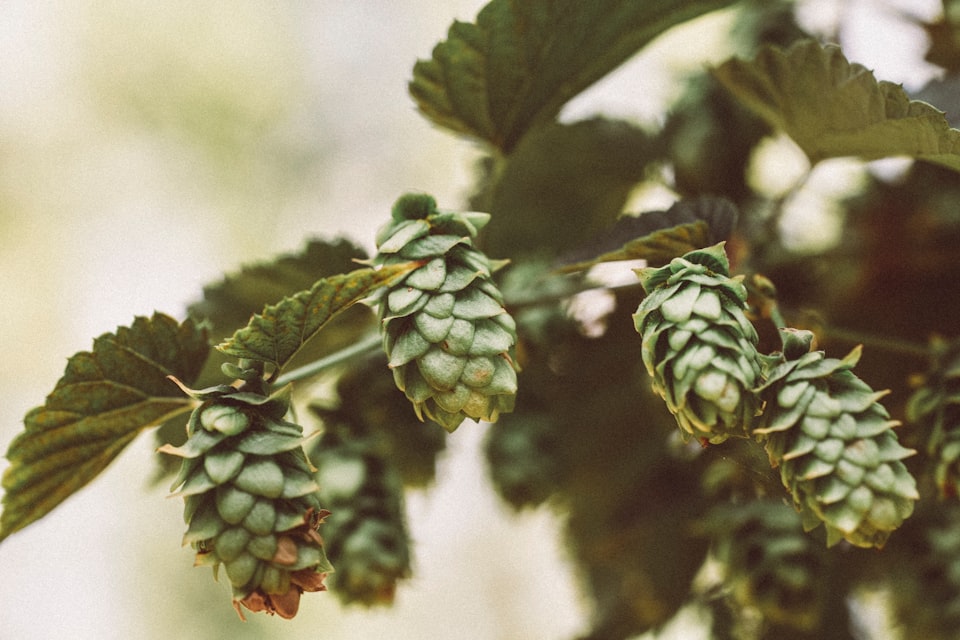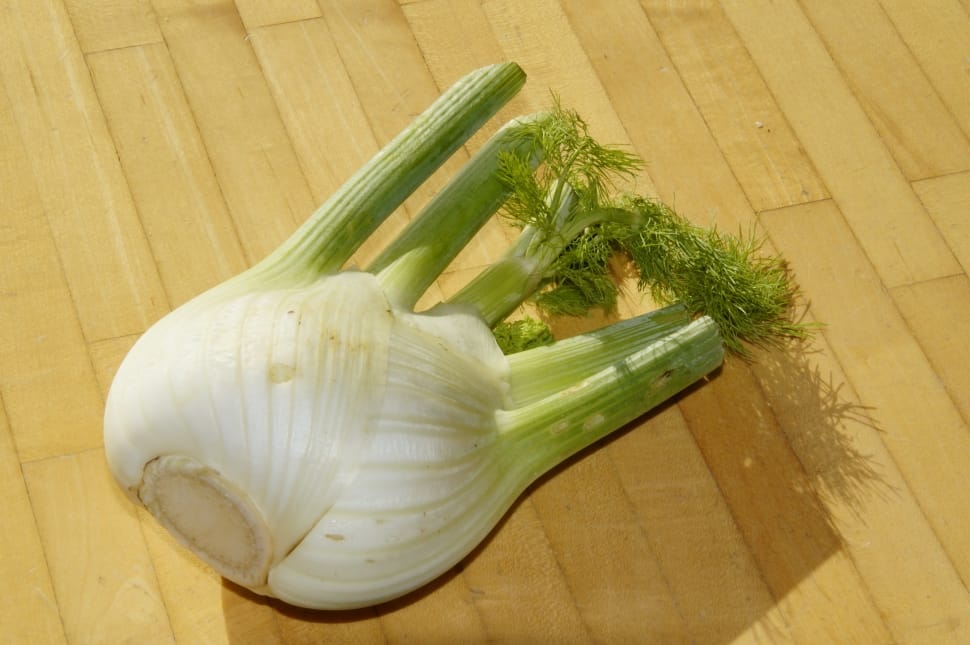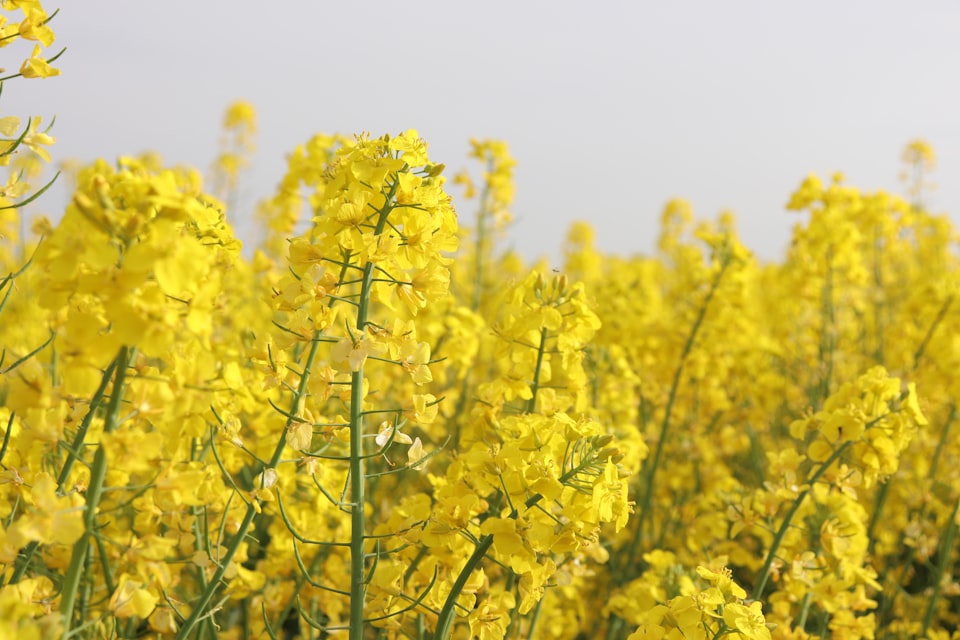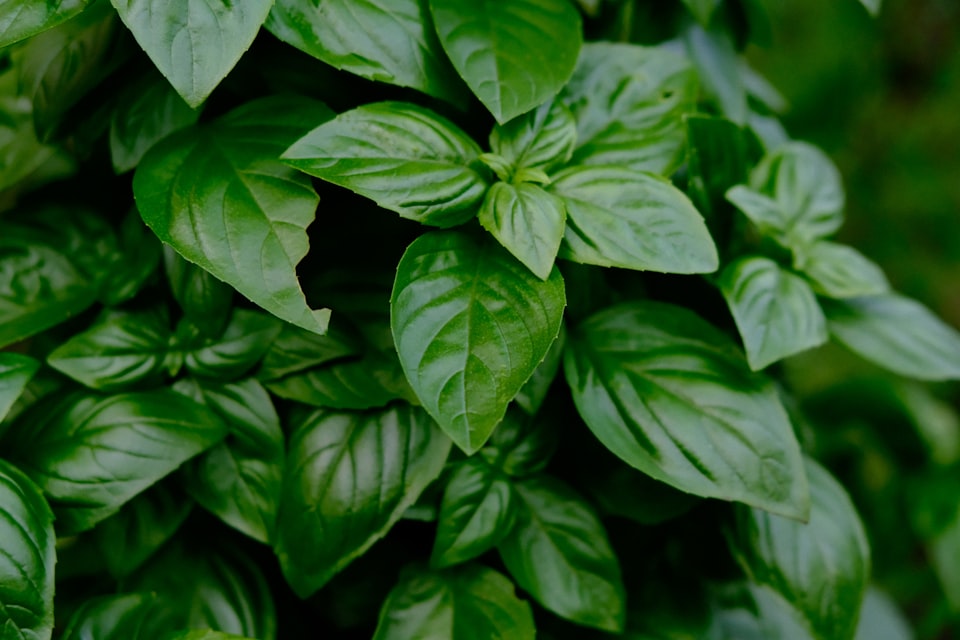VI: Comfrey
The many contradictory faces of comfrey.

Good morning. Today is sextidi, the 16th of Floréal, Year CCXXXI. We celebrate le consoude, a pretty little flowering herb with fascinating powers.
💡
The other names for this plant are knitbone and boneset – and the French word literally translates as "put together" – because of a folk belief that making a paste of ground comfrey leaves and applying it to a broken or sprained limb will cause the bone to heal. The paste does harden in a thick layer that resembles a sort of rough cast. However, there is no scientific evidence that the comfrey is absorbed in any special way to encourage bone growth, and any benefit it has as a cast is minimal compared to hardened plaster, as the paste moves with the skin rather than holding the limb stiff. There are a lot of amazing things about comfrey, but in this one notable instance, it has been far surpassed by simple advances in medicine – or even the ancient practice of using a splint.
Comfrey is a miracle plant. Comfrey is banned in the United States. Comfrey is an invasive weed. Comfrey is the key to biomass for future fuels. Comfrey is the backbone of any organic garden. Comfrey is a poison.
For a relatively obscure variety of borage, this little plant sure does stir up a lot of strong statements. The weirdest part is, they're all true.



